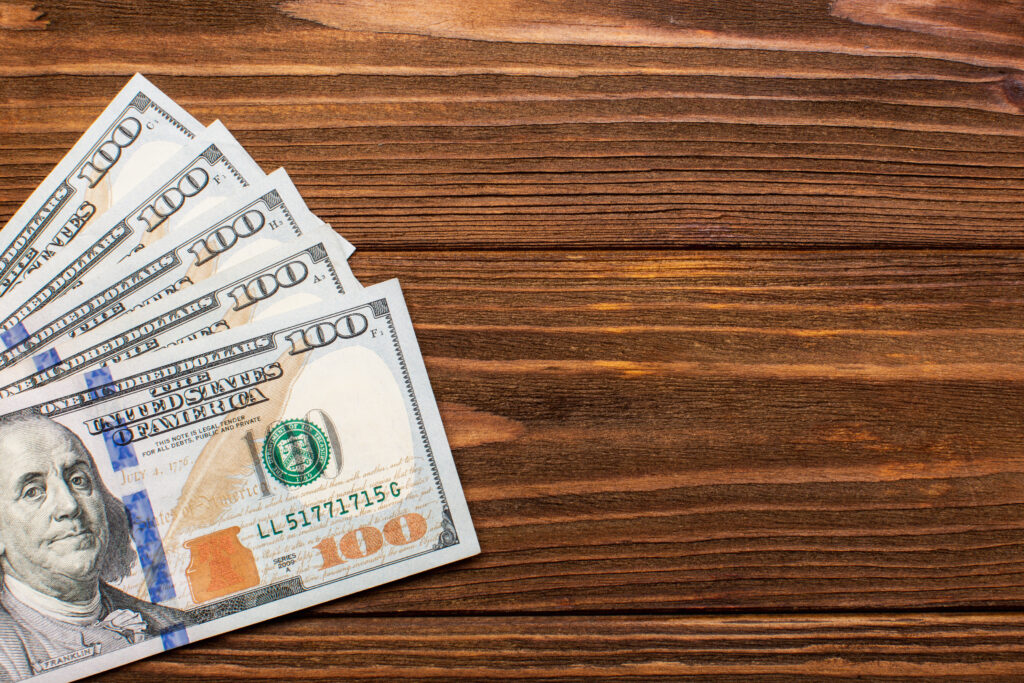40% of Americans Are Struggling to Pay Their Bills Right Now

More Americans are struggling to pay their bills now more than any other time in 2022 — and possibly even since the pandemic began.
For more than 91 million U.S. adults, affording typical household expenses is “somewhat difficult” or “very difficult,” according to data released this week by the Census Bureau. That accounts for 40% of the Americans who responded to the bureau’s survey between June 29 and July 11. (If you include folks who took the survey but did not respond to that particular question, the portion is 36%.)
A Money analysis of Census data shows that 40% is the highest share of Americans having trouble paying their bills since the Census began asking in August 2020. For comparison, at this point last year, 27% of respondents said they were having a “somewhat” or “very difficult” time covering household expenses.
To get a sense of how Americans were faring throughout the pandemic, the Census Bureau began regularly conducting what it calls “household pulse” surveys in April 2020. The polls track the public’s physical and mental health, finances, and employment, among other things. It later added questions about household spending and expenses in August 2020. At the time, coming off months of COVID-19 lockdowns and layoffs, the unemployment rate was 8.4% — historically high but a far cry from the pandemic peak of 14.7% in April 2020.
Now, the unemployment rate is 3.6%, and the labor market is in a considerably better place.
Inflation, however, is a different story. According to the Labor Department, the inflation rate in August 2020 was 1.3%. In June 2022, prices for consumers jumped 9.1% year over year, the highest in 40 years. While jobs are plentiful, soaring costs — for everything from gas, to new and used cars, to housing, to coffee and chicken — are obliterating household budgets and leaving people struggling to pay their bills.
Earlier in the pandemic, government stimulus money from direct payments, enhanced unemployment benefits and child tax credit advances helped Americans make it through the worst patches of the pandemic recession. But now, Americans are left to fend off high inflation levels largely on their own.
According to Ryan Sweet, an economist at Moody’s Analytics, the typical household must spend $493 more per month to buy the same amount of goods or services as last year.
To cope, Americans are turning to credit cards en masse. The cruel catch-22: Interest rates on credit cards are simultaneously rising due to several rate hikes from the Federal Reserve, which is taking action in an effort to tamp down inflation.
How to cope with inflation
While it’s difficult to budget your way out of inflation that’s at a four-decade high, financial experts recommend looking hard at your typical expenses and prioritizing the essentials like housing, food and utilities if you are struggling to pay your bills.
If you need help covering these bases, you can call 211 or visit 211.org, a national agency that can connect you with local organizations that provide assistance with food and housing expenses.
To free up some cash each month, consider canceling unneeded or unused subscription services for streaming services like Amazon, Disney+ or Netflix. By adjusting your driving, vehicle maintenance, and even parking habits, you can also save a lot of money on gas. Skyrocketing gas prices alone heavily influence the overall inflation rate. (Some good news on that front: Gas is heading back down toward $4 a gallon in many areas of the country.)
Another underutilized resource is the Affordable Connectivity Program, a federal initiative launched in the winter to heavily subsidize — and in many cases, completely cover — the cost of high-speed broadband internet. Roughly 1 in 4 Americans qualify, the White House says.
Additionally, at the start of July, the big three credit bureaus began overhauling how certain types of medical debt affect your credit score. Now, it will take a full year for medical debt that was sent to collections to appear on your credit report, and in 2023, the bureaus won’t report on medical collections debt of up to $500. You’ll of course still need to pay your medical bills, but with these changes, you may be able to reprioritize them as they are far less likely to hurt your credit in the long term.
**Originally written by Adam Hardy




